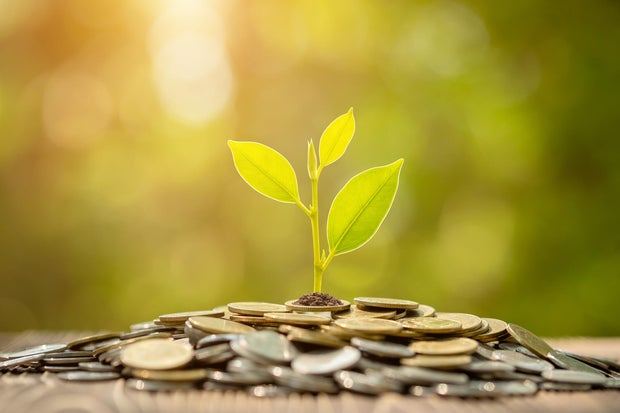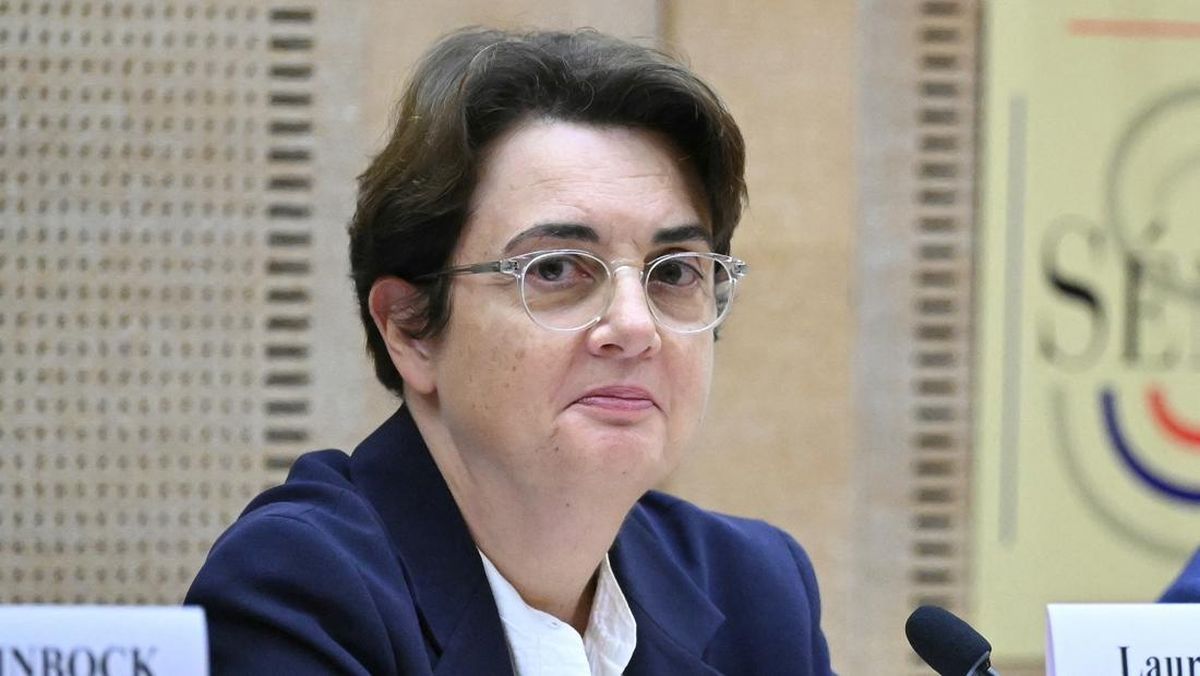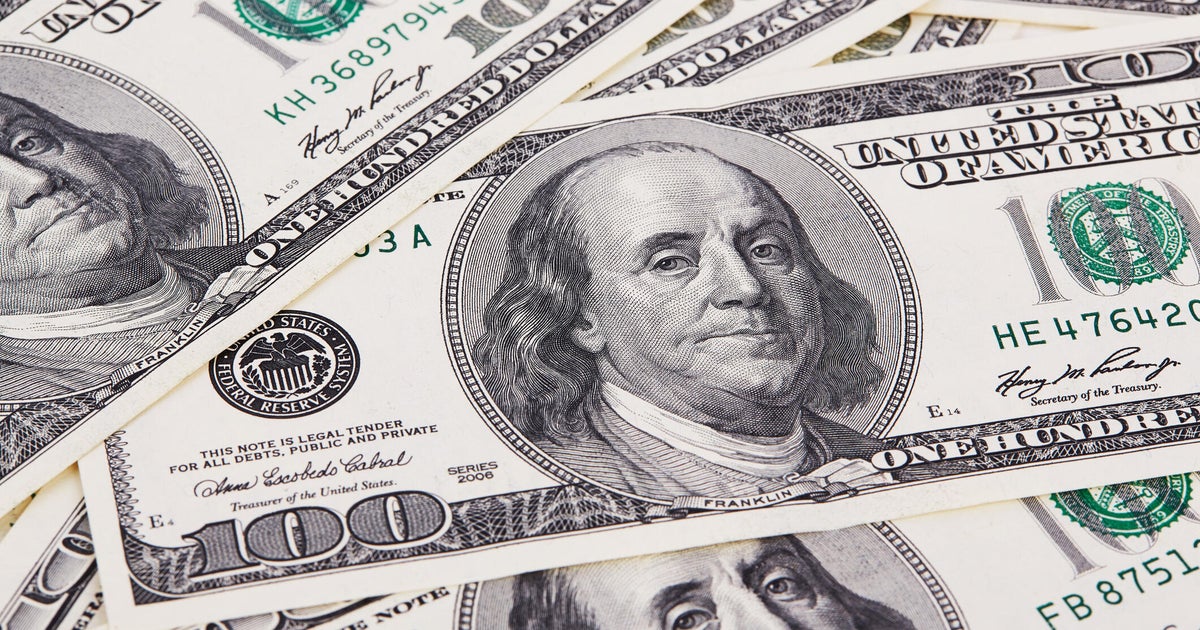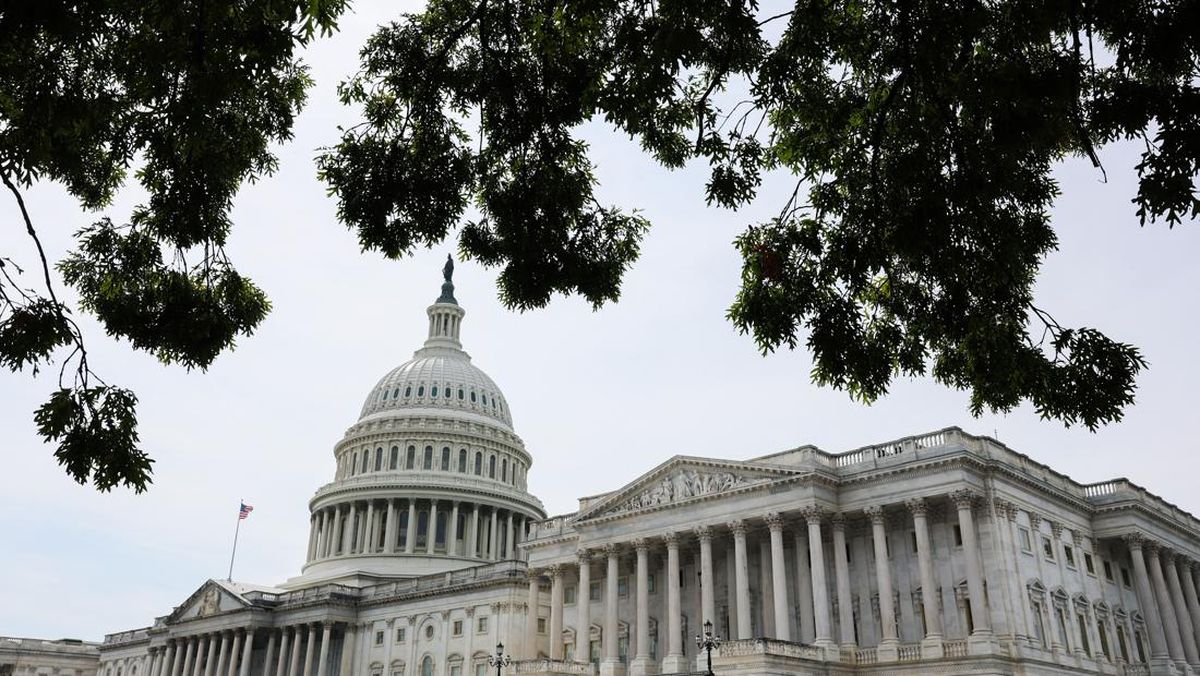 Savers can still effectively grow their money with a high-yield account now, even after rates slightly declined.
Getty Images/iStockphoto
Savers can still effectively grow their money with a high-yield account now, even after rates slightly declined.
Getty Images/iStockphoto
Data released this week by the Federal Deposit Insurance Corporation (FDIC) again illustrated a frustrating point for savers: The returns on traditional savings accounts are essentially nonexistent. With an average rate of just 0.40% now, rates here aren't keeping pace with inflation and the cost of living, and savers are arguably losing money by keeping any of their funds in one of these accounts.
This loss of interest-earning potential is especially stark when compared to the rates that are still readily available with high-yield savings accounts, for example. A good high-yield savings account interest rate now can still typically be found in the 4.20% to 4.30% range. And, if you take the time to shop around online, specifically, you may be able to find a rate that's even higher.
But with rates on these accounts variable and the chances of additional rate cuts in the months ahead high, some savers may find it helpful to first determine the interest-earning potential these accounts currently offer. While that can be difficult to do with a variable-rate product, rates here are still competitive, and the returns, depending on the amount of money deposited, can still be robust. So it's worth taking the time to crunch the numbers. Below, we'll break down the potential interest-earning possibilities high-yield savings accounts offer right now.
Start earning more interest on your money with a top high-yield savings account here.
How much interest can you earn with a high-yield savings account now?
While the 5.30% rates that often accompanied high-yield savings accounts in recent years have largely dissipated, rates here are still relatively high. And if you're willing to endure some market changes and rate drops, it can still be a smart place to store your savings.
Here's how much interest a high-yield savings account can earn now, calculated against a variety of deposit amounts, a 4.30% rate, multiple lengths and the assumption that rates here will remain constant (and that no withdrawals are made):
$500 deposit
- 4.30% after three months: $5.29
- 4.30% after six months: $10.64
- 4.30% after one year: $21.50
$1,000 deposit
- 4.30% after three months: $10.58
- 4.30% after six months: $21.27
- 4.30% after one year: $43.00
$5,000 deposit
- 4.30% after three months: $52.90
- 4.30% after six months: $106.37
- 4.30% after one year: $215.00
$10,000 deposit:
- 4.30% after three months: $105.81
- 4.30% after six months: $212.74
- 4.30% after one year: $430.00
So, depending on the initial deposit amount, savers still stand to earn hundreds of dollars with this unique savings account. And, if they deposit more over time, interest will compound rapidly, making this an even more lucrative home for your money.
Get started with a high-yield savings account online here.
Don't forget about CD accounts
While high-yield savings accounts offer flexibility and potentially high returns, the reality is that variable-rate savings accounts are not well-positioned to respond to predicted rate cuts ahead. Certificate of deposit (CD) accounts, however, are. Rates with these accounts are competitive with the top high-yield savings accounts, and they're fixed, allowing savers to earn the same amount of interest on their account throughout the full term, even if rates decline during that period.
Still, it's critical to limit your CD account deposit to an amount you can easily afford to part with until the CD has matured, or you could risk having to pay an early withdrawal penalty to regain access to your funds.
The bottom line
High-yield savings accounts still offer savers simple ways to grow their money, even with recent rate cuts and even with additional ones likely in the months ahead. But with CD accounts offering similar benefits with none of the volatility high-yield savings accounts are associated with, it makes sense to explore both options before transferring any money. And be sure to transfer most of your money out of the traditional savings account, as that 0.40% rate is likely to decline even further shortly.
Edited by Angelica Leicht


















































